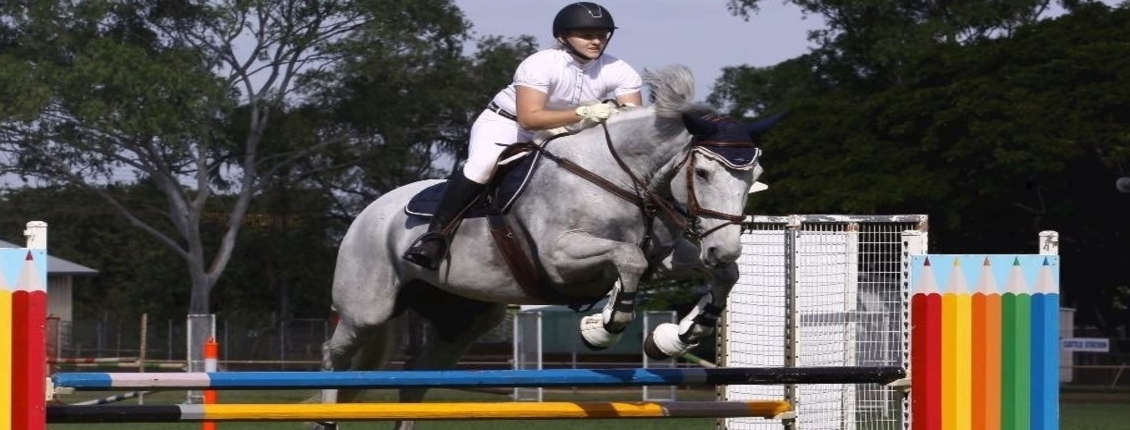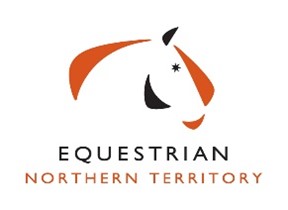National Jumping Rules & Regulations
What is Jumping?
Jumping is probably the best known of the equestrian disciplines recognised by the FEI where men and women compete as equals in both individual and team events. In Jumping competitions, horse and rider are required to complete a course of 10 to 13 jumps, the objective of which is to test the combination's skill, accuracy and training. The aim is always to jump the course in the designed sequence with no mistakes – a clear round. If any part of an obstacle is knocked down or if the horse refuses a jump, penalties are accumulated. The winner of the competition is the horse and rider combination that incurs the least number of penalties, completes the course in the fastest time or gains the highest number of points depending on the type of competition.
Scoring
For most competitions two types of scoring table are used: Table A and Table C. The most frequently used scoring table is Table A. Each fault is penalised with a certain number of penalties. Each bar knocked down draws a sanction of 4 penalties, as does the first refusal (this is when the horse stops short in front of the jump or goes around it). The second baulking or refusal, as well as any fall, will eliminate the horse and rider.
The classification is established according to the penalties obtained. Often, several riders succeed in jumping a clear round. In this case, there are two possibilities: if the competition does not include a Jump-off, the competitor with the fastest time wins. If the competition does include a Jump-off, those tied for first place jump a new shorter round against the clock. The winner is the one with the fewest penalties accumulated over the reduced course, and in the event of a tied score, the time will be the deciding factor.
Competitions judged according to Table C are called speed competitions as the classification is established only according to time. Faults incurred are converted into seconds and added the time taken to complete the round. In Table A competitions, there is a time allowed; riders who do not complete their round in the time allowed are penalised by 1 fault per four seconds of excess time. Whatever the type of Table, there is a time limit during which the round must be completed; exceeding the time limit incurs elimination.







